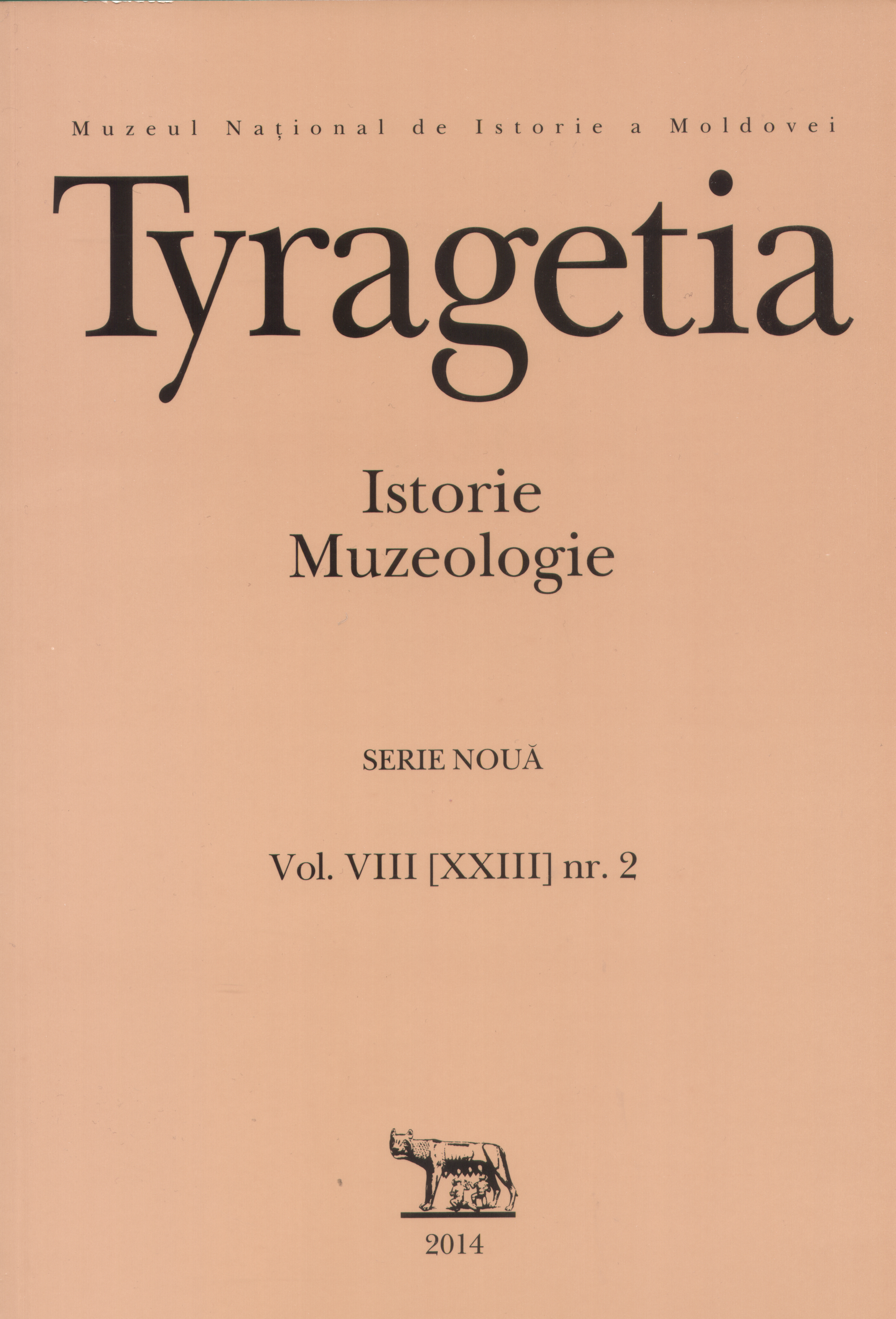Consideraţii privind diecezele catolice create de papii de la Avignon în exteriorul Carpaţilor:
Episcopia Milcoviei şi Episcopia de Siret
Considerations regarding the catholic dioceses founded by the popes of Avignon outside the Carpathians: the bishopric of Milcova and the bishopric of Siret
Author(s): Răzvan Mihai NeaguSubject(s): History
Published by: Muzeul Naţional de Istorie a Moldovei
Keywords: Avignon; bishopric of Milcova; bishopric of Siret; Catholicism
Summary/Abstract: Between 1309 and 1377 the papacy moved its headquarters from Rome to Avignon. Nevertheless, the interest shown by the French pontiffs towards Eastern Europe did not diminish, but stayed the same. Considering the appreciable distance between the papal residence in the south of France and the outer part of the Carpathians, an engagement from the part of the pontiffs in this area was inconceivable without the support of the secular power. During their stay at Avignon, the French pontiffs created two dioceses outside the Carpathians: the bishopric of Milcovia, the successor of the Cumans' bishopric, and the bishopric of Siret, founded at the initiative of Laţcu, the voivode of Moldavia. As to the bishopric of Milcova, the initiative came from pope Joan XXII in the year 1332. Subsequently, the existence of this bishopric found itself in a close relation with the projects of political control of Louis I of Anjou, the king of Hungary, outside the Carpathians. Even if, practically, it was an "in partibus'' bishopric, the diocese of Milcovia had titulars all through the 14th century. In the case of the Catholic bishopric of Siret, the foundation of this ecclesiastic union (1370-1371) was made at the initiative of voivode Laţcu of Moldavia, whose desire was to ensure the recently gained independence of his state, against the claims of Hungary and Poland, addressing pope Urban V through two Franciscan monks. Laţcu demanded that Andrew, a Polish Franciscan, should be appointed bishop of Siret. The foundation of the bishopric of Siret was to guarantee the independence of Moldavia, assimilated to a "regnum'', granting its leader, Laţcu, an undisputed illegitimacy from the part of any other Catholic prince. In our opinion, these are elements that enable us to state that during the times of Laţcu Moldova was part St.Peter's Patrimony.
Journal: Tyragetia (Serie Nouă)
- Issue Year: VIII/2014
- Issue No: 2
- Page Range: 41-50
- Page Count: 10
- Language: Romanian

